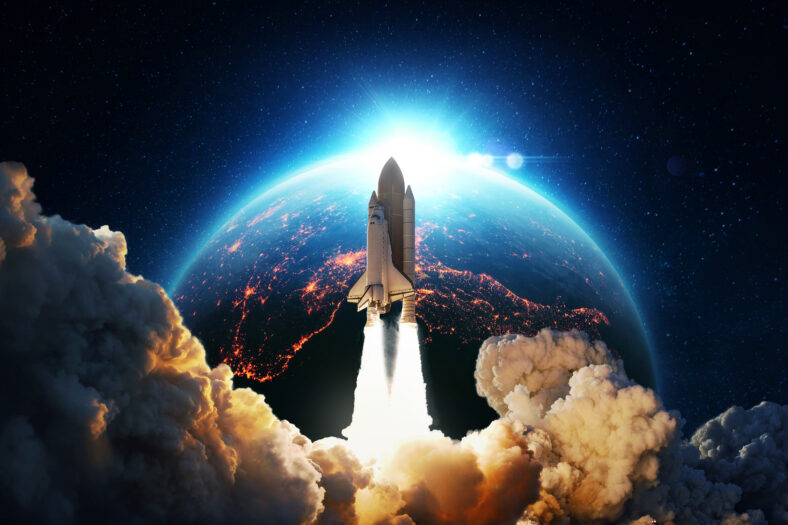Museum Fossils Have Been Launched Into Space, Including Jaw Bones From An Ancient Horse And The Shell Of A Snail

Blue Origin’s New Shepard rocket was recently launched, marking multiple historic milestones. For one, the 21-year-old crew member, Karsen Kitchen, became the youngest woman to cross the Kármán line, the boundary that separates Earth’s atmosphere from outer space.
It was also the first time that a NASA-funded researcher left Earth on a commercially-owned rocket. That same researcher is the reason that museum fossils were able to go to space.
Since 1980, Rob Ferl has been a professor at the University of Florida. Additionally, he is a geneticist who studies the effects of zero gravity and acceleration on plants.
He joined the Blue Origin mission to conduct an experiment that involved chemically freezing three groups of small plants in sampling tubes attached to his legs during the initial launch, climax, and descent. He would analyze the differences between each group once he was back on Earth.
Ferl wanted to give his friends and colleagues a glimpse of the once-in-a-lifetime experience, so he decided to bring along a few personal and scientific items on the journey.
These items included two 56-million-year-old jaw bones from an ancient horse and an early ancestor of modern primates, as well as the fossilized shell of a predatory moon snail that was alive just before the Pleistocene ice ages.
The specimens came from the Florida Museum of Natural History. They lived during the Paleocene-Eocene Thermal Maximum, a formative chapter in Earth’s history.
“It was an approximately 200,000-year period of intense global warming of the magnitude we’re predicting for modern climate change, although today it’s happening faster,” said Jon Bloch, the curator of vertebrate paleontology at the museum.
“We see the first primates and horses right at this moment in exactly the same layer of rock.”

Sign up for Chip Chick’s newsletter and get stories like this delivered to your inbox.
During this time, global temperatures increased by three degrees. As the world’s oceans became more acidic, up to 50 percent of marine microorganisms went extinct.
On land, mammals managed to survive the extinction event by getting smaller so they could handle heat better. Some species shrank to as much as 30 percent of their original size.
The oldest known primate, Teilhardina, was small enough to fit into the palm of a human hand and had the first fingernails. Its size made it one of the top choices for the mission.
The earliest known horse, Sifrhippus sandrae, was also sent into space. It was small, like the primate, and likely weighed only 8.5 pounds during the warming event.
Finally, a 2.9-million-year-old moon snail was selected for the mission. It was chosen because of its space-related name and its fascinating history.
Moon snails have the ability to expand their foot to four times its normal size and wrap it around their prey. Then, they consume their prey with an acidic tongue covered in teeth.
The Florida Museum is not the first institution to send fossils into space. Small fossils of a bat, several dinosaurs, a hominid, a crinoid, and a trilobite have made the journey before.
More About:News





